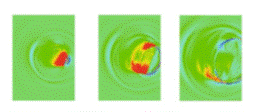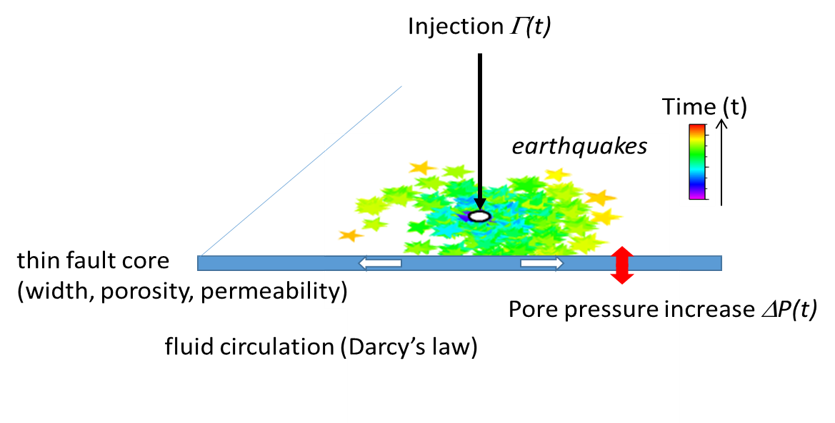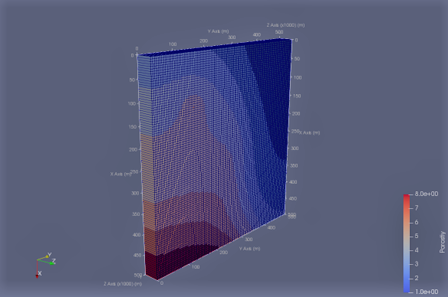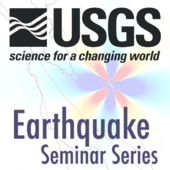Open Codes
Numerical Methods
Boundary Integral Equation Method (BIEM)
BIEM provides a precise expresison of stress field on the rupturing fault plane within linear elasto-dynamics. BIEM develpped by Aochi et al. (2000) calculate the stress along non-planar fault system in 3D elastic, infinite medium, coupled with Mohr-Coulomb rupture criterion and slip-weakening friction. BIEM is processed after mathematical optmization in order to avoid singularity in stress field.
Static solution is also developped to calculate static stress redistribution from an earthquake (Aochi and Ide, 2009; Aochi et al., 2014) and simulte aseismic slow slip (Maury et al., 2014; Smai and Aochi, 2017; Aochi and Ide, 2017).
Code
Written in Fortran90 with MPI/OpenMP parallelisation. The convolution for structural grids may be estimated fast by FFT.
Finite Difference Method (FDM)
FDM direcreizes the differential equations of elasto-dynamics with structual grids prepared in the space. This is very suitable for calculating fast the wave propagation in a large domain. FDM initially developped by Aochi and Madaraiga (2003) aims to include any finite source description (any geometry, any mechanism, any slip time funciton). One of the generic versions is released as Ondes3D (Dupros et al., 2008). The review is given in Aochi et al. (2013).
Code
Written in C or C++ with MPI/OpenMP parallelization. A version of GPU calculation is also released.
Hydro-mechanical modeling (Induced Seismicity)
Injected fluid circulates along a fault plane surrounded by imperpeable medium. Hydraulic part is solved by fintie difference and mechanical part is simulated by boundary integral equation methods (Aochi et al., 2014; Douglas and Aochi, 2014; Aochi et al., 2017). This is fully coupled; namely fault motion can vary hydraulic parameters. A version couples further wiht probabilistic seismic hazard assessment method for providing a quantitaive monitoring protocol.
Code
Code is written by Fortran with OenMP parallelization.
Boundary Domain Method
A shallow thrust fault can be modelled by a hybrid method between boundary integral equation and finite difference methods. This is called Boundary Domain Method. The finite difference calculation completes the Greens' functions in semi-infinite medium, which the original boundary integral equation does not have (Aochi, 2018).
Code
Code is written by C with MPI/OpenMP parallelization.
TOUGH-BIEM
TOUGH (Transport Of Unsaturated Groundwater and Heat) code developped by Lawrence Berkeley National Laboratory is a suite of Simulators for Nonisothermal Multiphase Flow and Transport in Fractured Porous Media. A coupling with boundary integral equation method is under developpement through collaboration with LBNL for simulating the complex behavior of fault and fault zone (Aochi et al., 2018).
Code
A sequential TOUGH-BIEM simulation is now possible through shell script.











